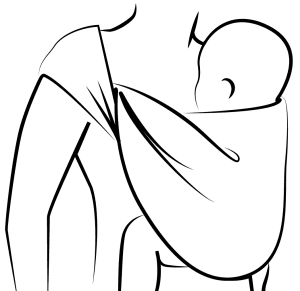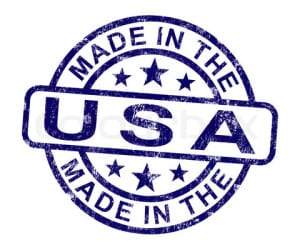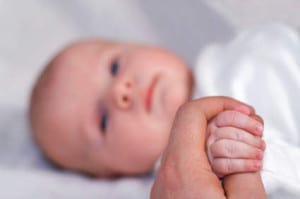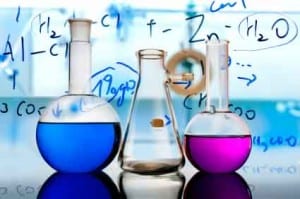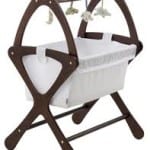New California Proposition 65 Settlements
A number of California Proposition 65 settlements have been reached involving a wide variety of products including vinyl flooring, air compressors, cosmetic bags, bandages, eyewear, kitchen and door mats, bathroom accessories, and small novelty items. These settlements establish requirements for these products that the defendants have agreed to meet.
These requirements apply to accessible materials of the following adult and children items.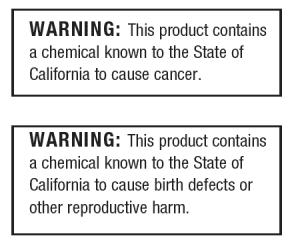
PHTHALATES
Bandages
Dashboard Accessories
Bathroom Accessories
Temporary Tattoos
Place Mats and Shower Curtains
Watches and Clocks
Bathroom, Kitchen, and Door Mats
Stationary
Plastic Figures, Charms and Small Novelty Items
Requirement:
- No more than 1000 ppm DEHP, BBP and DBP each
- Warning labels cannot be used as an alternative to meeting the 1000 ppm limit
Eyewear
Requirement:
- No more than 1000 ppm total DEHP
- Warning labels cannot be used as an alternative to meeting the 1000 ppm limit
Vinyl Flooring
Requirement:
- No more than 1000 ppm DEHP, BBP, DBP, DIDP and DnHP each
- Or provide specified warning label
LEAD
Holiday Lights
Cosmetics Bags
Luggage Tags
Requirement:
- No more than 50 ppm total lead
- No more than 1.0 μg in wipe test
Note: Both requirements must be met
- Warning labels cannot be used as an alternative to meeting both requirements
Air Compressors
Requirement:
- No more than 100 ppm total lead
- Warning labels cannot be used as an alternative to meeting the 100 ppm limit
Brass Pencil Sharpeners
Requirement:
- No more than 100 ppm total lead
- No more than 1.0 μg in wipe test
Note: Both requirements must be met
- Or provide specified warning label

